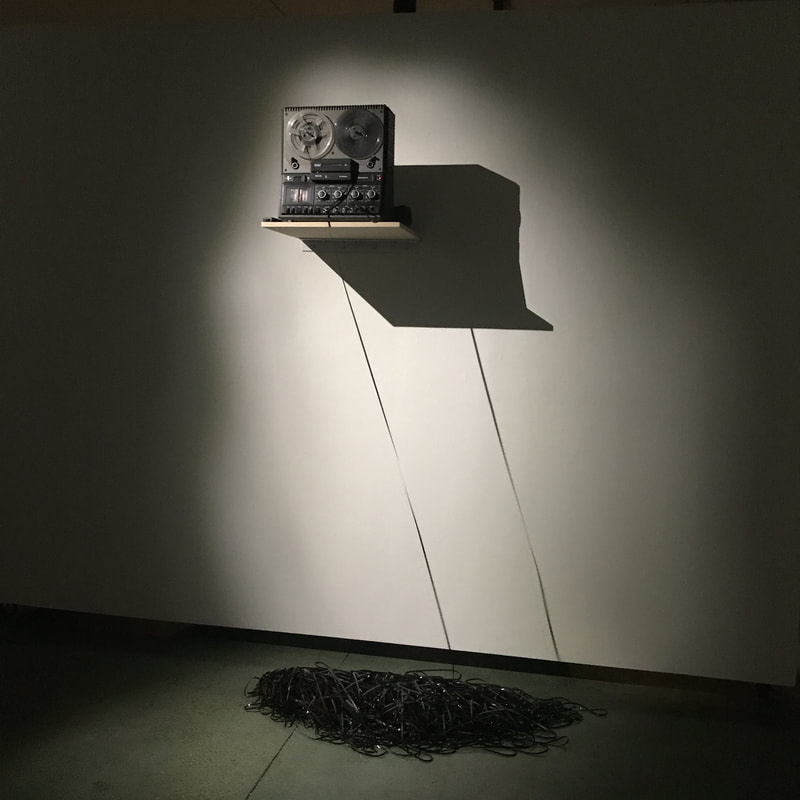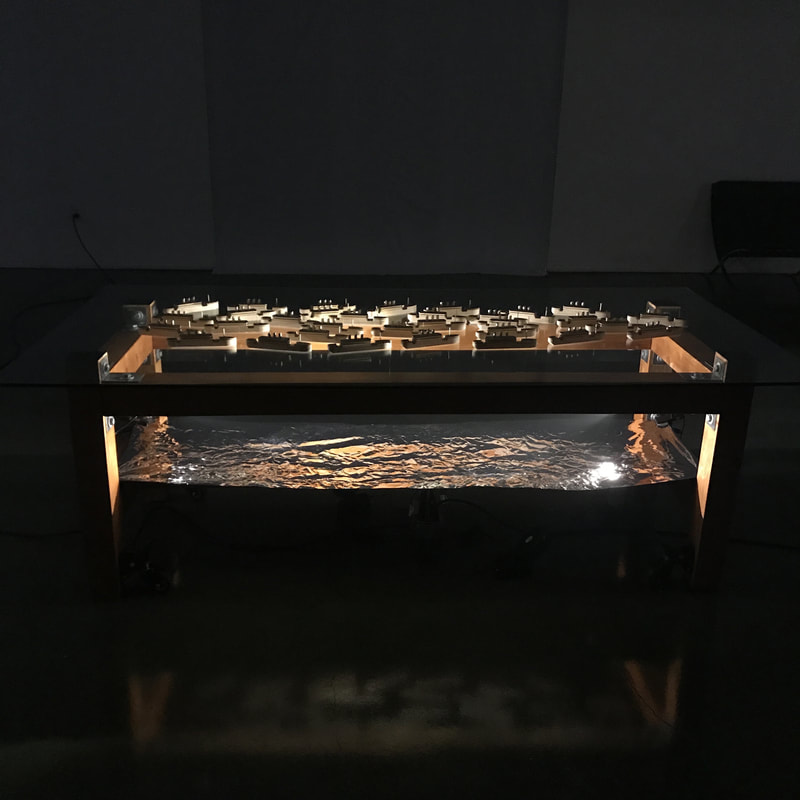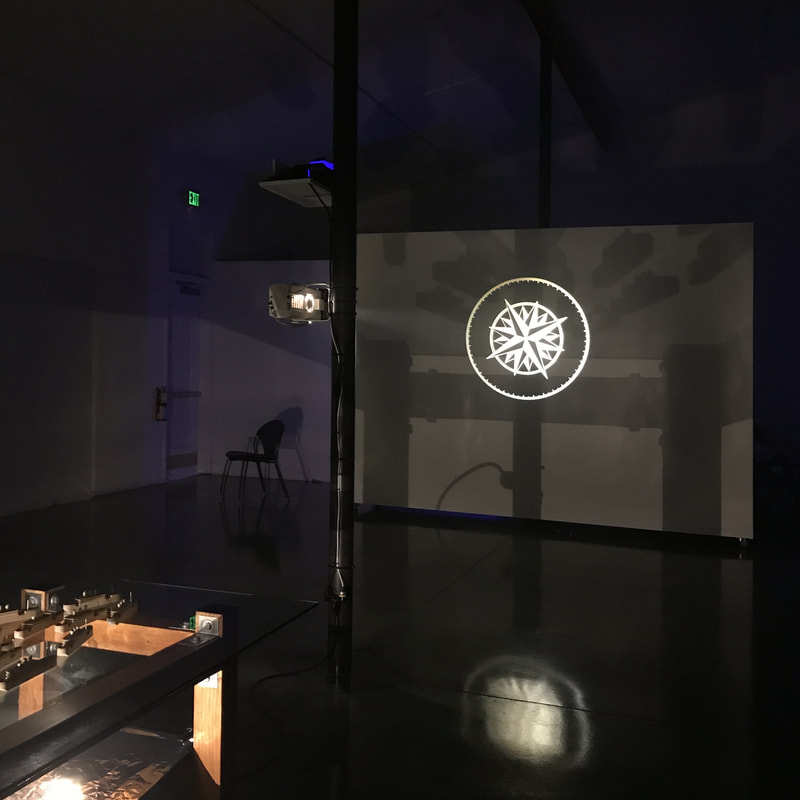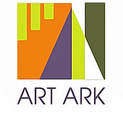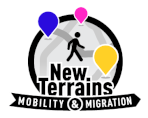DISCESSIO: DISPERSAL, DIVISION, SEPARATION, WITHDRAWAL
Opening Reception: Friday, September 7, 2018 6pm-9pm
Artist Talk: Thursday, Sept. 20,2018 Reception at 7pm. Q&A at 7:30pm
Second Reception: Friday, October 5, 2018 6pm-9pm
Gallery Hours: Sundays, September 16, September 23 & October 7 from noon-3pm
Artist Statement
The term “discessio” was used in reference to the break up or dissolution of groups of people held together by certain ideals or goals; when the consensus of the group fractured, they would disperse, divide, withdraw from public life, wander between the confused notions of reality.
Current political climate withstanding, cultural content has been engaged to confront the notion of the dangerous other. Without realizing it, there has been an opposing embrace of the idea of purity and singular purpose. But our true condition is this discessio, the internal divisions of self and other, of holding to home and being a wanderer. We are essentially lost and drifting in a sea of the unfamiliar that is the idea of the future.
This immersive installation examines some of these of metaphors of wandering, of dispersal, separation from the familiar, of being lost and found. The notion of “being at sea” is the main theme that is encompassed by the roaring of the sea.
The gallery is divided into four stations that progress into a haze of blue light. The first station consists of a reel-to-reel tape deck playing distorted sounds of an ocean shoreline. The tape, instead of being gathered by the take up reel drops to the floor in endless magnetic ribbons below the sound equipment. If the sea is fed by numerous streams, we see the streams roil into a cloud of magnetic tape, a literal iron memory of every crashing wave.
Behind the wall from the sound element is a large glass table with an ersatz ocean created by fans and lights rippling crinkled mylar sheeting. Strange inverted shadows of the model wooden ships play on the walls and ceiling. The viewer feels simultaneously above and below the surface of this ersatz ocean. On the glass surface of the table these small wooden ocean liner ships head in various directions. The general direction of the ships navigate toward the projection of a pattern of a compass on the opposite wall. This compass has lacks the mark of magnetic north, and like the reel-to-reel recorder, turns in the same direction.
One can imagine all the passengers of each ship, first class, steerage and crew negotiating the melancholy task of maintaining a lost course and attempting to interpret the elusive notion of one true direction.
Above the projector is a fog machine that slowly fills the space with a mysterious haze; the beam of the projector forms a cone of vision that one can palpably move through. One begins to notice that the languid mist is everywhere.
Beyond the last wall is a blue field of light that oscillates slightly, like the moon reflecting off of a barely disturbed meridian of watery expanse.
The term “discessio” was used in reference to the break up or dissolution of groups of people held together by certain ideals or goals; when the consensus of the group fractured, they would disperse, divide, withdraw from public life, wander between the confused notions of reality.
Current political climate withstanding, cultural content has been engaged to confront the notion of the dangerous other. Without realizing it, there has been an opposing embrace of the idea of purity and singular purpose. But our true condition is this discessio, the internal divisions of self and other, of holding to home and being a wanderer. We are essentially lost and drifting in a sea of the unfamiliar that is the idea of the future.
This immersive installation examines some of these of metaphors of wandering, of dispersal, separation from the familiar, of being lost and found. The notion of “being at sea” is the main theme that is encompassed by the roaring of the sea.
The gallery is divided into four stations that progress into a haze of blue light. The first station consists of a reel-to-reel tape deck playing distorted sounds of an ocean shoreline. The tape, instead of being gathered by the take up reel drops to the floor in endless magnetic ribbons below the sound equipment. If the sea is fed by numerous streams, we see the streams roil into a cloud of magnetic tape, a literal iron memory of every crashing wave.
Behind the wall from the sound element is a large glass table with an ersatz ocean created by fans and lights rippling crinkled mylar sheeting. Strange inverted shadows of the model wooden ships play on the walls and ceiling. The viewer feels simultaneously above and below the surface of this ersatz ocean. On the glass surface of the table these small wooden ocean liner ships head in various directions. The general direction of the ships navigate toward the projection of a pattern of a compass on the opposite wall. This compass has lacks the mark of magnetic north, and like the reel-to-reel recorder, turns in the same direction.
One can imagine all the passengers of each ship, first class, steerage and crew negotiating the melancholy task of maintaining a lost course and attempting to interpret the elusive notion of one true direction.
Above the projector is a fog machine that slowly fills the space with a mysterious haze; the beam of the projector forms a cone of vision that one can palpably move through. One begins to notice that the languid mist is everywhere.
Beyond the last wall is a blue field of light that oscillates slightly, like the moon reflecting off of a barely disturbed meridian of watery expanse.
Exhibition is part of SoFF: South First Fridays Art Walk.
Courtesy of Chandra Cerrito Contemporary.
Exhibition in conjunction with "New Terrains: Mobility and Migration" a collaboration with South Bay organizations.
New Terrains: Mobility and Migration
Through “New Terrains: Mobility and Migration,” South Bay arts organizations band together to present a series of cross-disciplinary exhibitions, programs and experiences that explore how bodies move through spaces—social, political, literal, and figurative. Projects address timely topics such as transportation and urban planning, navigation and orientation, public protest, immigration and migration, and mobility in its many forms.
With expanding partnerships “New Terrains” will embrace multidisciplinary thinkers and cultural producers through a growing range of events. Collaboratively presented through spring of 2019 by organizations of all sizes and types — from museums and artist residencies to community centers and civic think tanks — events and programs will take place across the greater Silicon Valley.
“New Terrains” was developed collaboratively by Art Ark Gallery, San José; San Jose Institute of Contemporary Art (ICA), the de Saisset Museum, Santa Clara University; History San José, MACLA (Movimiento de Arte y Cultural Latino Americana), San José; Montalvo Arts Center, Saratoga; Palo Alto Art Center, San José Museum of Art, San Jose Museum of Quilts & Textiles, The Tech Museum of Innovation, San José; Institute of the Arts and Sciences of the University of California Santa Cruz Arts Division, and ZERO1. Additional partners include Art Object Gallery; Chamber Music Silicon Valley; Children’s Discovery Museum; Chopsticks Alley Art; City Lights Theatre Company; College of Adaptive Arts; Consulado General de Mexico en San José; FWD.us/Welcome.us; Pajaro Valley Arts; Research Center for the Americas, University of California Santa Cruz; San Jose Jazz; Sangam Arts; Santa Cruz Museum of Art and History; SETI Institute; Soul Focus Sports; South Bay Clean Creeks Coalition; Teatro Vision; Walk San José; and Works/San José.
Courtesy of Chandra Cerrito Contemporary.
Exhibition in conjunction with "New Terrains: Mobility and Migration" a collaboration with South Bay organizations.
New Terrains: Mobility and Migration
Through “New Terrains: Mobility and Migration,” South Bay arts organizations band together to present a series of cross-disciplinary exhibitions, programs and experiences that explore how bodies move through spaces—social, political, literal, and figurative. Projects address timely topics such as transportation and urban planning, navigation and orientation, public protest, immigration and migration, and mobility in its many forms.
With expanding partnerships “New Terrains” will embrace multidisciplinary thinkers and cultural producers through a growing range of events. Collaboratively presented through spring of 2019 by organizations of all sizes and types — from museums and artist residencies to community centers and civic think tanks — events and programs will take place across the greater Silicon Valley.
“New Terrains” was developed collaboratively by Art Ark Gallery, San José; San Jose Institute of Contemporary Art (ICA), the de Saisset Museum, Santa Clara University; History San José, MACLA (Movimiento de Arte y Cultural Latino Americana), San José; Montalvo Arts Center, Saratoga; Palo Alto Art Center, San José Museum of Art, San Jose Museum of Quilts & Textiles, The Tech Museum of Innovation, San José; Institute of the Arts and Sciences of the University of California Santa Cruz Arts Division, and ZERO1. Additional partners include Art Object Gallery; Chamber Music Silicon Valley; Children’s Discovery Museum; Chopsticks Alley Art; City Lights Theatre Company; College of Adaptive Arts; Consulado General de Mexico en San José; FWD.us/Welcome.us; Pajaro Valley Arts; Research Center for the Americas, University of California Santa Cruz; San Jose Jazz; Sangam Arts; Santa Cruz Museum of Art and History; SETI Institute; Soul Focus Sports; South Bay Clean Creeks Coalition; Teatro Vision; Walk San José; and Works/San José.

